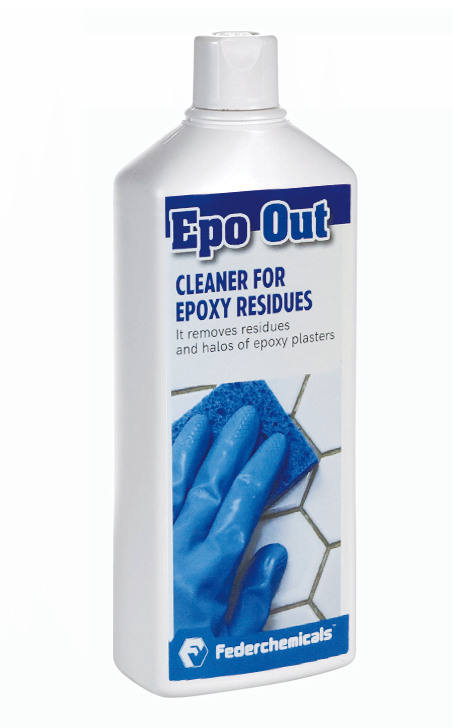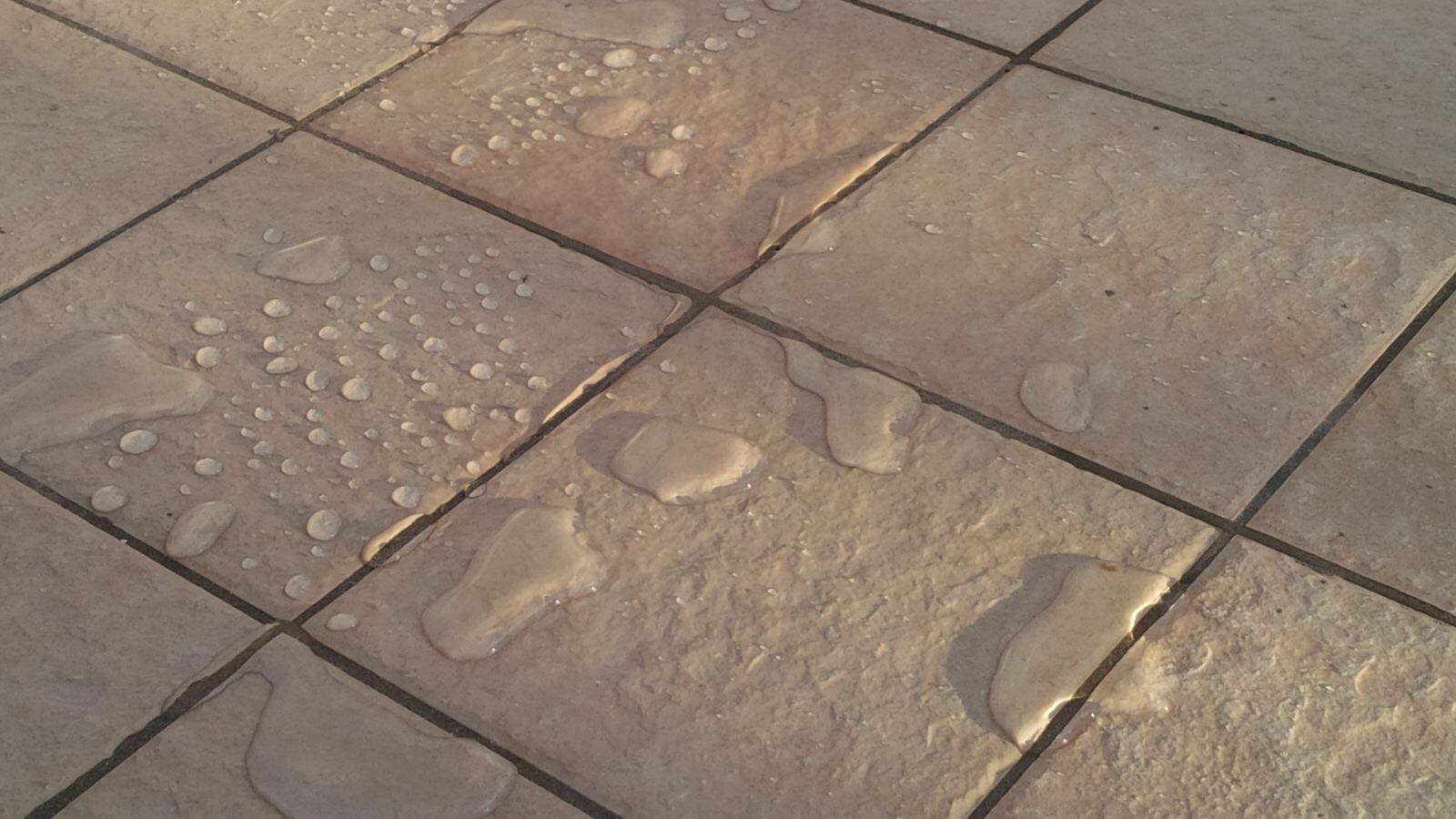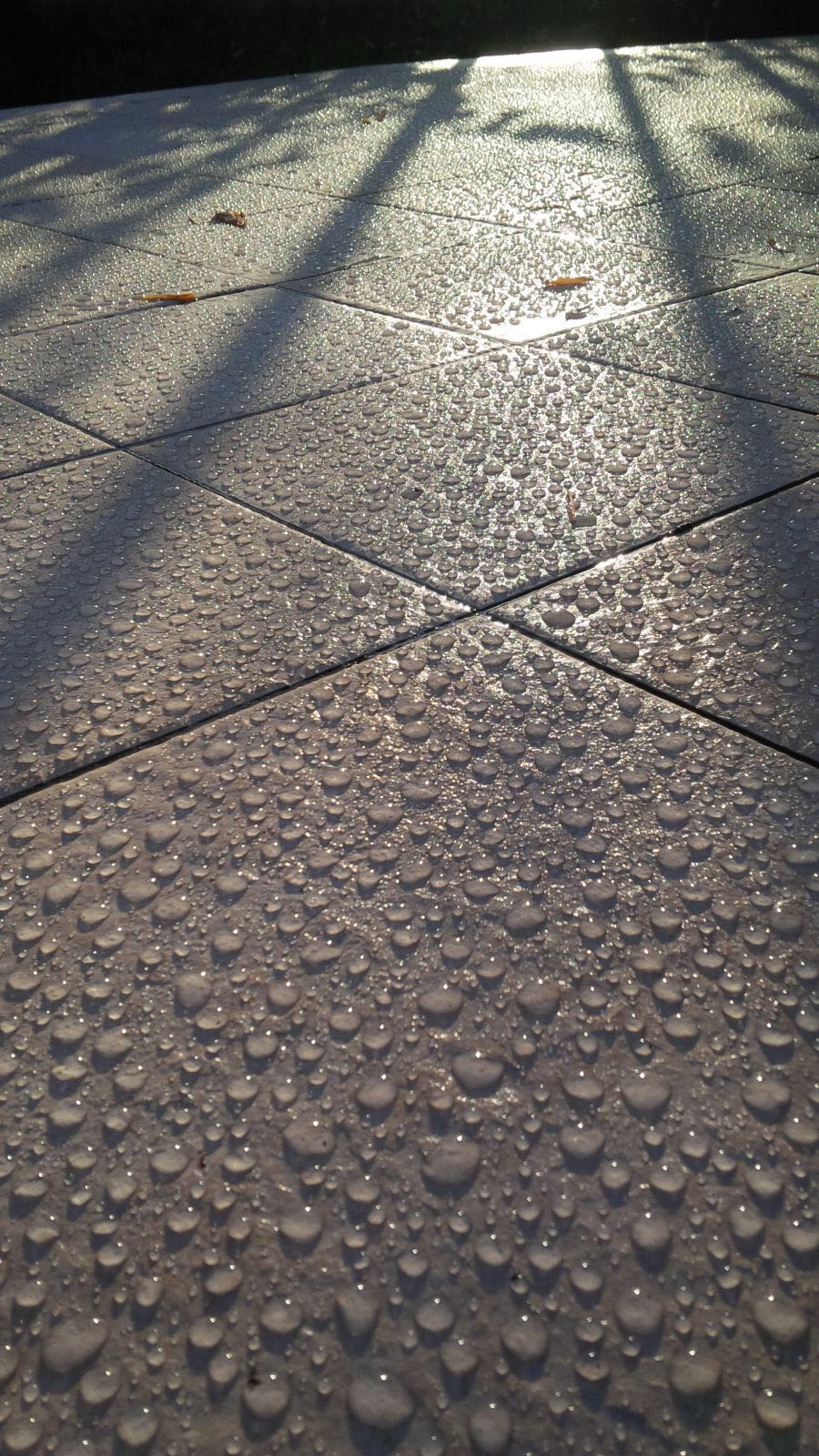Federchemicals-EPO OUT specific product
APPLICATIONS
EPO OUT is a specific product formulated with the particular type of solvent and purity suitable for the removal after laying of joints residues epoxy grouts / fillers used for the laying and present on the surface of the floor materials and coating like: ceramics, stoneware, vitreous and even on shiny surfaces of granite, marble, natural stones. EPO OUT can be used also for cleaning of absorbent materials like cotto, terracotta, artificial and natural tombstone materials. EPO OUT acts on and breaks the polymer component easing out their detachment from the surface. Thanks to its formula, the products shows to be effective even on completely dried up residues and
plaster. Do not use EPO OUT on wood, linoleum and synthetic coatings.

HOW TO USE
Apply EPO OUT pure on dried surface and only on the area to be cleaned, let it act a few minutes (at most 10-15 minutes) and rub by hand with sponge or white cotton cloth or in case of hardened residues, use a plastic brush or hard buffers until the complete removal of residues of epoxy grouting. Clean up with a non-colored cloth. After using EPO OUT is recommended to wash the surface with product KALGRES diluted 2:8 with water to neutralize the treatment with EPO OUT. Finally rinse with clean water. Repeat if necessary the working as described above.


PRECAUTIONS
Because of the many varieties of epoxy grouts and significant operational mode where it should work and where the operator has no specific experience, it is recommended a preliminary test on a small part of surface. It is recommended the use of impermeable gloves.
COVERAGE
Non-quantifiable.
WARNINGS
Refer to the MSDS available upon request.
HANDLING AND STORAGE
The product must be stored in the original containers, perfectly sealer, at a temperature between 0 and 25°C and shielded from direct sunlight at ventilated area. In these conditions, the product has a self- life of 12 months of the date quoted in the delivery note. If the material has been stored for longer than its recommended self-life, it might still be suitable, but this has to be determined beforehand by performing quality checks on its application-related properties.